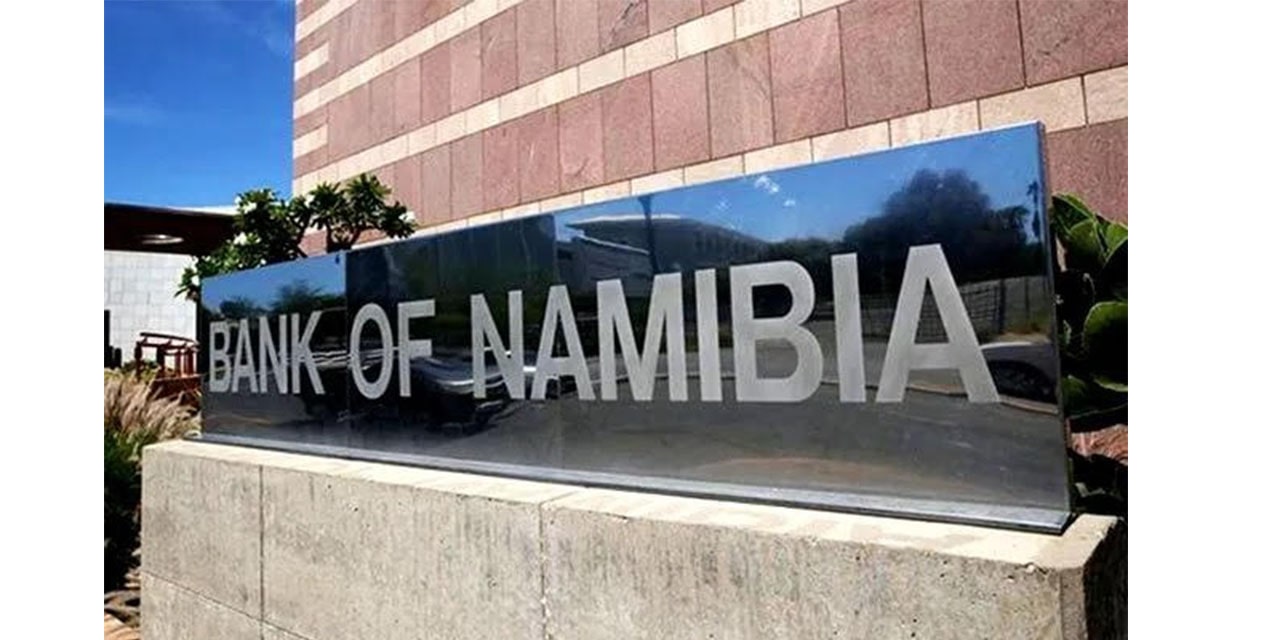Total new vehicle sales reached 1102 units in February, nearly matching the sales figures from February last year, which stood at 1103 units. This represents a slight contraction of 0.1% year on year but an increase of 16% month on month.
Simonis Storm Securities said historically, February tends to witness higher sales volumes compared to other months, likely due to post-festive season recovery and tax-related purchases.
Furthermore, in February, rental agencies purchased 38 new vehicles, all of which were Toyota passenger vehicles.
“Interestingly, there was no recorded data regarding vehicles sold to the government, despite an increase in budget allocation,” Simonis said.
According to the most recent budget from the Namibian Ministry of Finance for the fiscal year 2024/25, there has been a rise in the allocation for government expenditure on vehicle purchases.
Simonis said the total expenditure on vehicle purchases for operational and development purposes in the fiscal year 2022/23 was N$76.6 million, showing a modest increase from the allocation in the 2023/24 fiscal year.
“However, for the fiscal year 2024/25, the planned expenditure on vehicle purchases has significantly risen to N$285.5 million. Of this amount, N$245 million (85.8%) is allocated for operational purposes, while the remaining N$40.5 million is designated for purchasing vehicles for development purposes. This increase in public spending is expected to contribute to the continuation of an upward trend in vehicle sales in 2024.”
The annual inflation for transport category which accounts for 14.3% of the consumer basket stood at 6.5% during February.
“Although inflation in this category is usually driven by the costs of personal transport, such as petrol and diesel prices, the recent increase can be attributed primarily to vehicle purchases, specifically motor cars. This led to an annual inflation rate of 10.5% year on year in February up from 5.3% year on year in February,” Simonis said.




